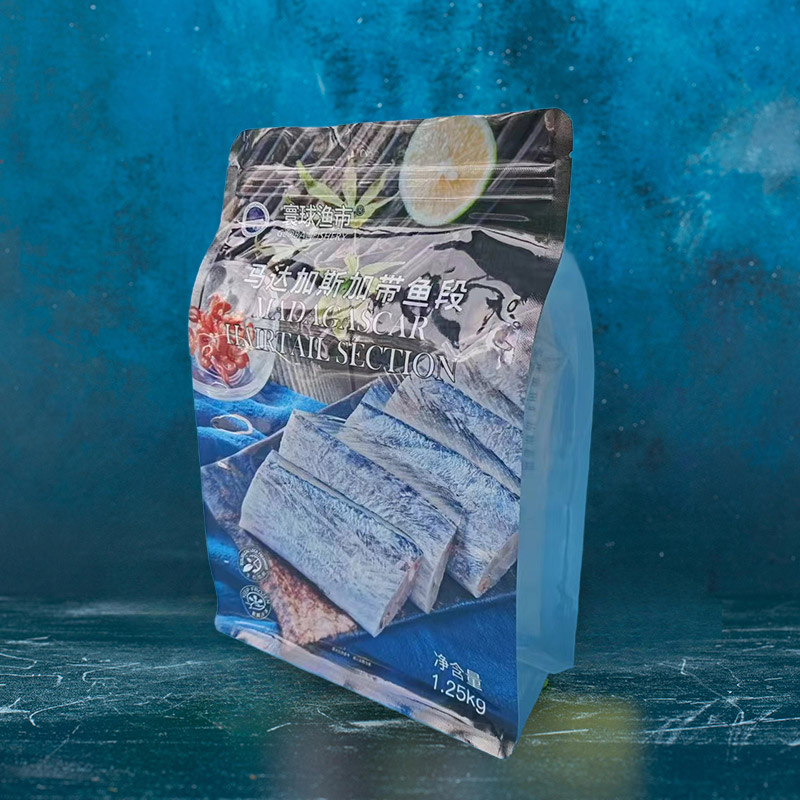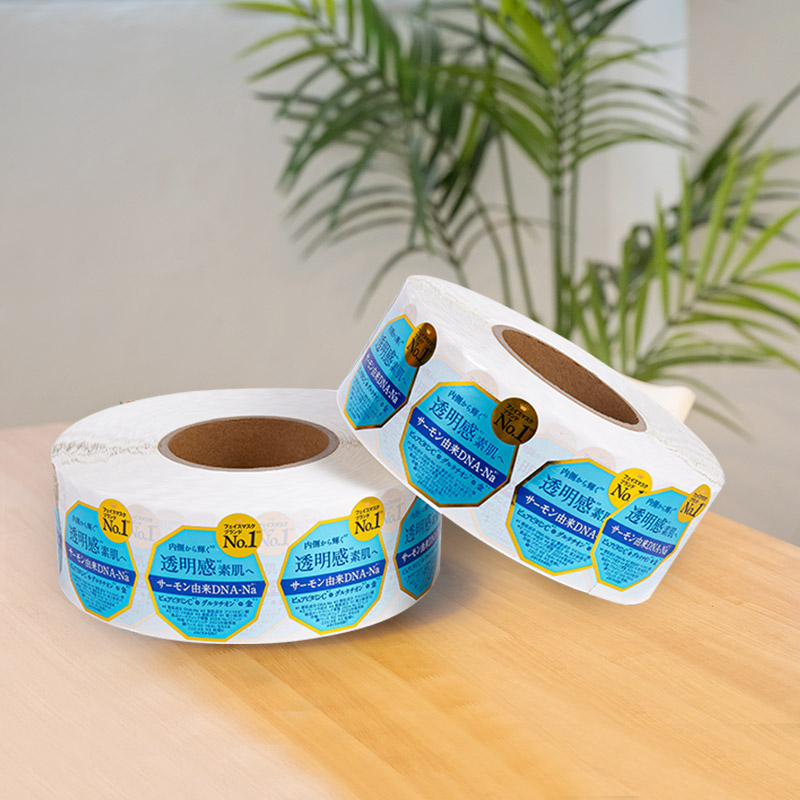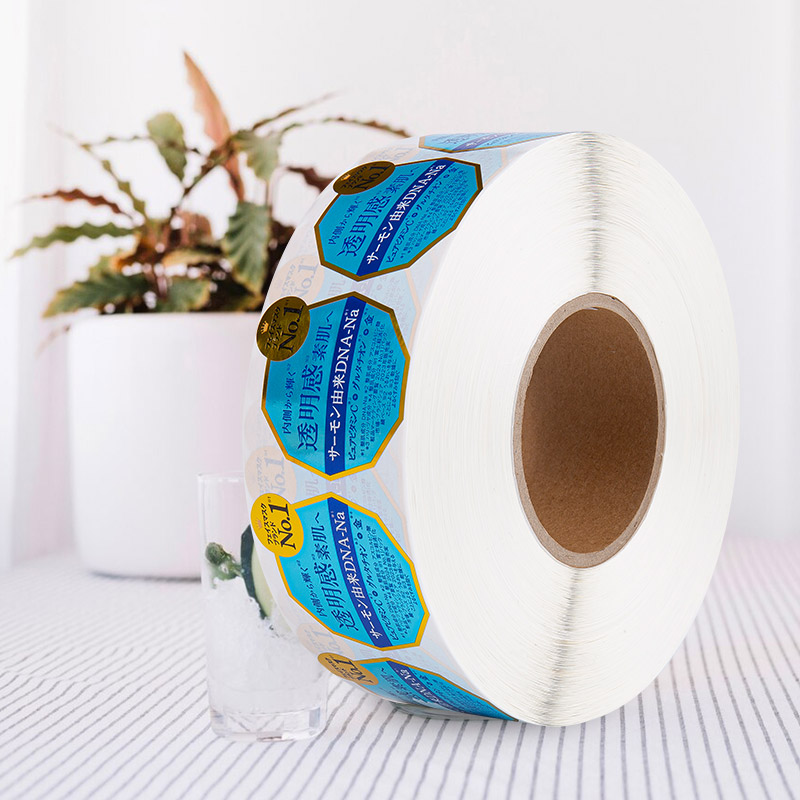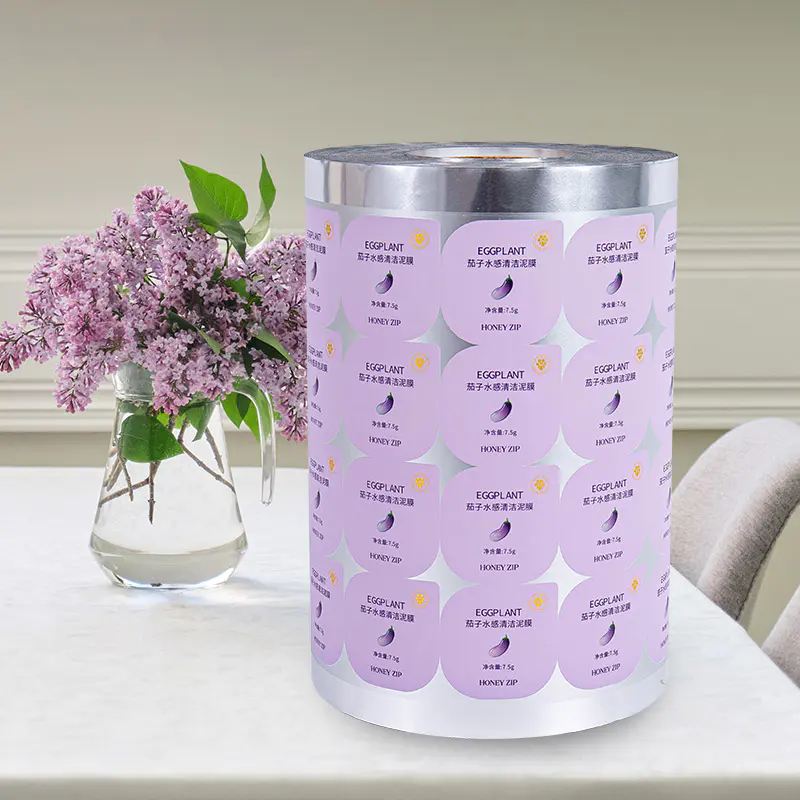Content
Enhanced Food Preservation
Frozen food packaging bags are designed to protect food from freezer burn, moisture loss, and contamination. Their multi-layer structure provides excellent barrier properties against air, water vapor, and odors, maintaining the original flavor, texture, and nutritional value of frozen food. Compared to traditional storage methods, these bags extend the shelf life of perishable items, making them ideal for both home and industrial use.

Space and Storage Efficiency
These packaging bags are flexible and stackable, allowing efficient use of freezer space. Unlike rigid containers, they can conform to the shape of the food, reducing wasted space. For industrial storage, uniform bag sizes simplify stacking, inventory management, and transport, while at home, they enable better organization in freezers of any size.
Durability and Mechanical Strength
Frozen food packaging bags are manufactured with high-strength polyethylene or multi-layer films, making them resistant to tearing, puncturing, and cracking under extreme cold. This durability ensures safe handling during freezing, thawing, and transport, preventing food spills or contamination. Heavy-duty options are available for industrial applications that require prolonged storage and repeated handling.
Convenient Handling and Portioning
The bags often feature resealable closures, zipper seals, or easy-to-label surfaces. This allows for convenient portioning, meal prep, and easy access without the need to thaw large quantities. In industrial kitchens, these bags streamline bulk storage and simplify distribution, while at home they make organizing meals faster and more efficient.
Practical Features
- Resealable zippers for repeated opening and closing
- Writable surfaces for date marking and product identification
- Transparent or partially transparent designs for easy content visibility
- Variety of sizes for portion control and space optimization
Temperature Resistance and Versatility
These bags are engineered to withstand extreme temperatures, from deep freezing to brief exposure to boiling water or microwaving (depending on material). This versatility makes them suitable for storing a wide range of frozen foods including vegetables, meats, seafood, baked goods, and ready-to-eat meals. Industrial operations benefit from consistent performance across varying storage and transport conditions.
Cost-Effectiveness and Sustainability
Frozen food packaging bags are often more cost-effective than rigid containers or trays, reducing material costs and shipping weight. Additionally, many modern bags are recyclable or made from eco-friendly materials, supporting sustainability goals for households and industrial facilities. Reduced waste and longer food preservation contribute to overall savings.
Comparative Overview
| Feature | Frozen Food Bags | Rigid Containers | Plastic Wrap |
| Space Efficiency | High | Medium | Medium |
| Durability | High | High | Low |
| Ease of Portioning | High | Medium | Low |
| Temperature Resistance | High | Medium | Low |
| Cost | Low | Medium | Low |
Wide Applications for Home and Industry
From household kitchens to industrial food processing, frozen food packaging bags offer a practical solution for storing, transporting, and protecting frozen items. They improve operational efficiency, maintain food quality, and reduce waste, making them an indispensable choice for both domestic and commercial use.

 EN
EN
 English
English 日本語
日本語 Español
Español Deutsch
Deutsch عربى
عربى












